Earth Day is an annual celebration that honors the achievements of the environmental movement and raises awareness of the need to protect Earths natural resources for future generations. Earth Day is celebrated on April 22 in the United States and on either April 22 or the day the spring equinox occurs throughout the rest of the world.

Environmental activism during the 1960s inspired Wisconsin Sen. Gaylord Nelson to create a national celebration uniting the environmental movement. With the help of Denis Hayes, a graduate student at Harvard University, Nelson organized the first Earth Day on April 22, 1970, educating participants in the importance of environmental conservation. Attended by 20 million people across the United States, the event strengthened support for legislation such as the Clean Air Act (updated in 1970) and the Endangered Species Act (1973).
In 1990, Hayes organized a global Earth Day, with more than 200 million participants in more than 140 countries. Earth Day now brings together citizens and activists from around the world to raise awareness and take action regarding such environmental concerns as global warming and renewable energy.
Today, the Earth Day Network (EDN), which brings together more than 20,000 partners and organizations in 190 countries, supports the Earth Day mission year-round. This mission is founded on the premise that all people, regardless of race, gender, income, or geography, have a moral right to a healthy, sustainable environment. The Earth Day Network pursues this mission through education, public policy, and activism campaigns. These campaigns bring together more than 1 billion participants every year, making it one of the largest public, secular events in the world.
From our partners:
The Earth Day Network pursues a set of core goals:
- Broaden the meaning of environment to include issues such as climate change, green schools and environmental curricula, green jobs, and renewable energy;
- Diversify the movement by providing civic engagement opportunities at the local, state, national and global levels around the world. Recognizing that climate change impacts our most vulnerable citizens first and most severely, EDN often works with low-income communities to bring their voices and issues into the movement.
- Mobilize communities by working with partner organizations to provide opportunities for all citizens to become active in the environmental movement.
Earth Days Core Issues
This set of goals underlines Earth Day events and actions around the world, which can be organized into ten core issues.
ADVOCACY: Supporters encourage individuals and organizations to meet with elected officials to discuss environmental issues. The online program “Million Acts of Green,” for instance, encourages visitors to adopt lifestyle changes such as composting, reducing your carbon footprint, or recycling e-waste.
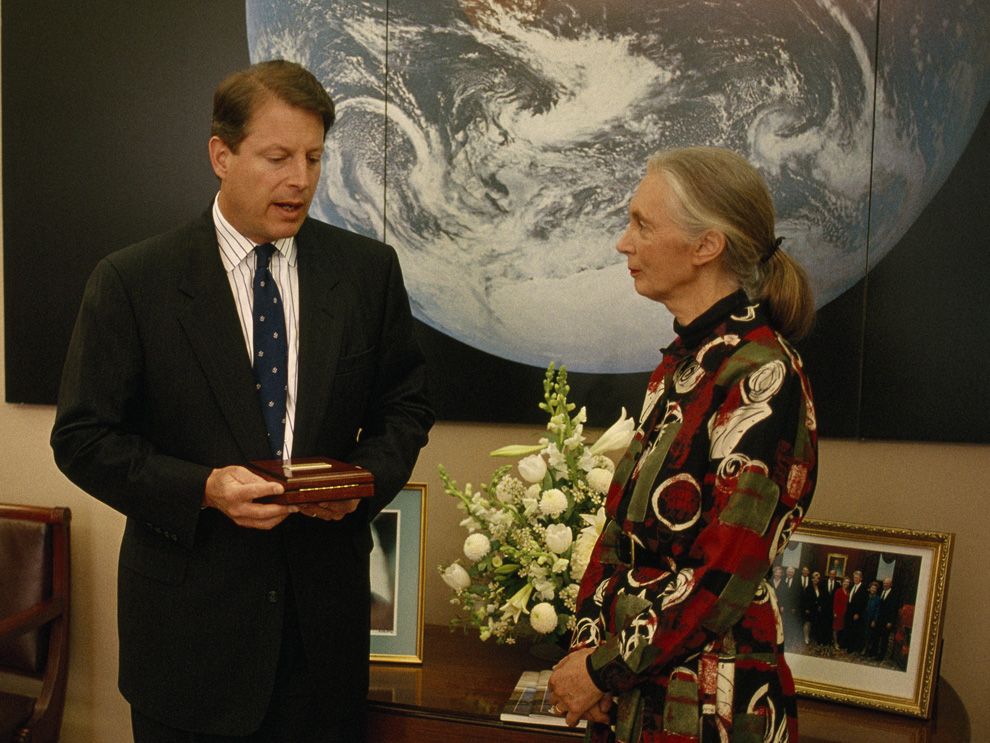
CLIMATE CHANGE: Supporters raise awareness about climate change, human contribution to those changes, and opportunities to slow the phenomenon. Many Earth Day supporters, for instance, encourage citizens to support the landmark Paris Climate agreement, set to be signed on Earth Day 2016.

CONSERVATION & BIOLOGY: Supporters work to conserve the world’s biodiversity. On Earth Day 2010, for instance, participants in Sri Lanka planted more than 100 medicinal plants throughout the tropical rain forest at Yagirala Forest Reserve. These plants can be used by local populations and will create habitats for different organisms, enhancing the biodiversity of the island nation.
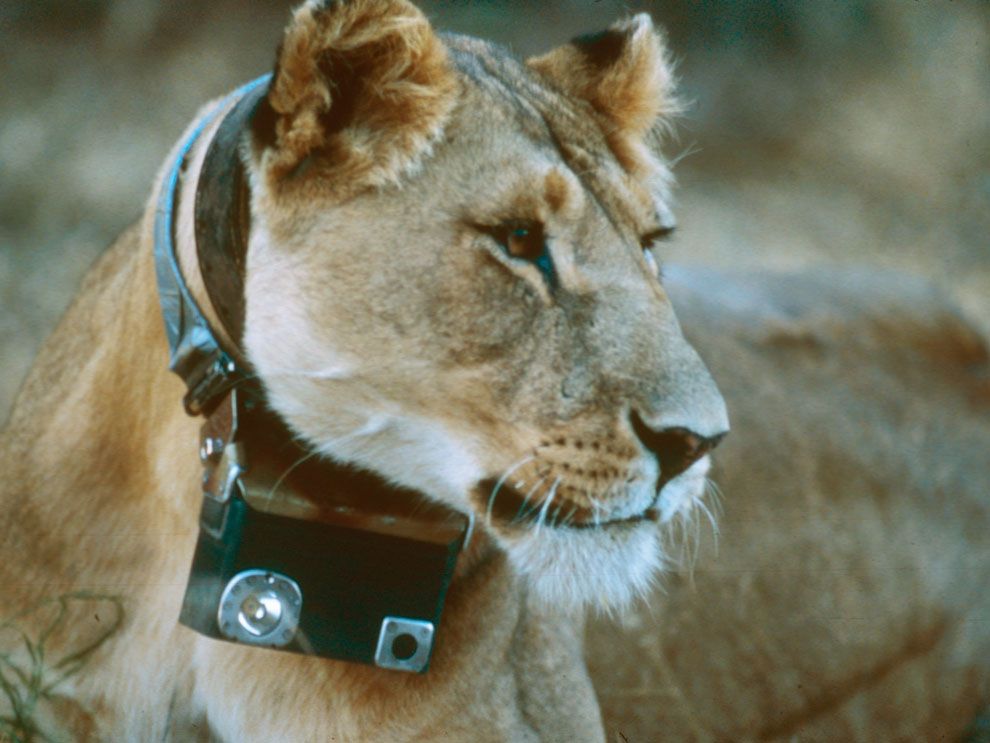

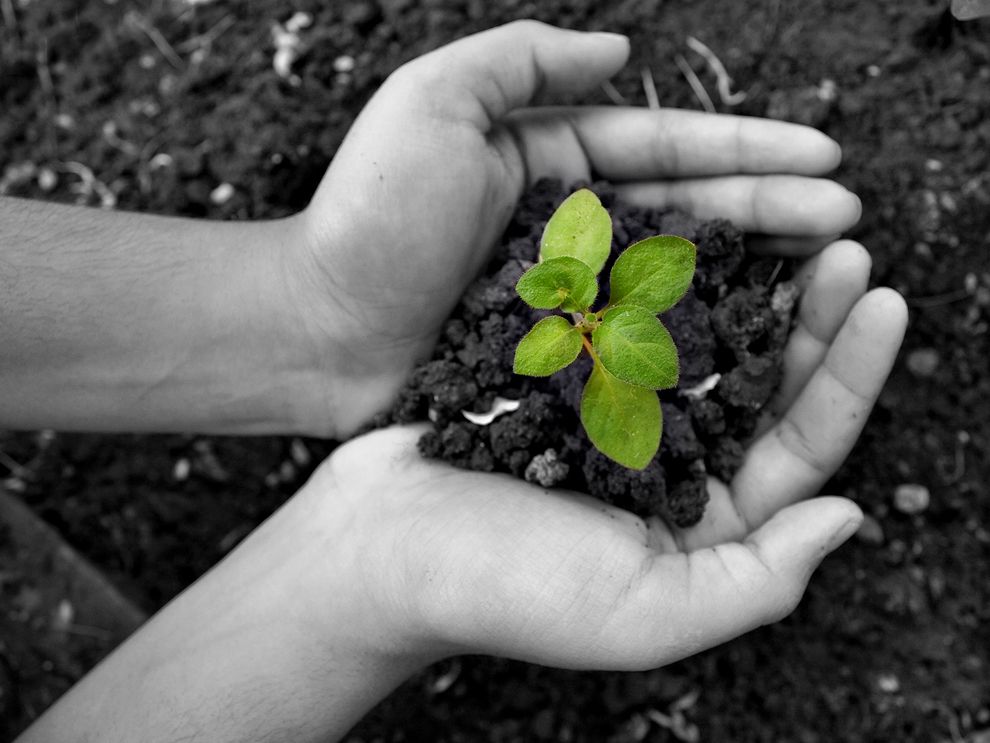
ENERGY: Advocates support projects that develop renewable energy sources and technologies as means of transitioning off of nonrenewable sources, such as coal and oil. Citizens of Qatar, for example, are invited to switch off their power for one hour on Earth Day in a symbolic stance against human contributions to global warming.
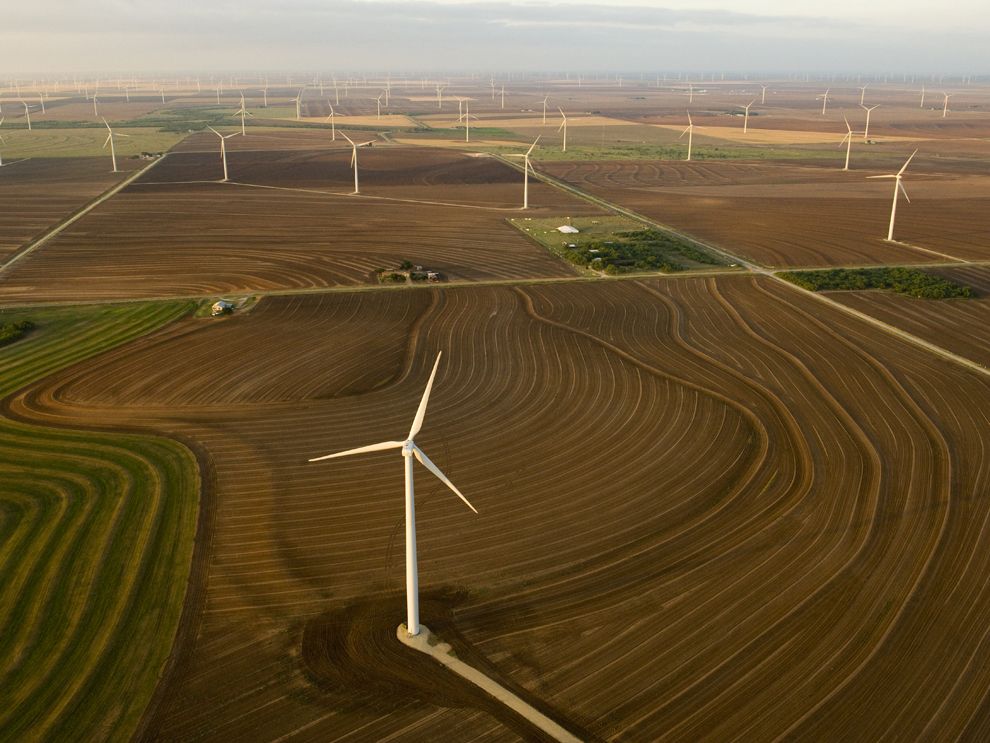
Photograph by Joel Sartore, National Geographic
FOOD & AGRICULTURE: Supporters raise awareness about some farming practices, such as the use of chemical pesticides, which contribute to environmental degradation. Supporters also advocate for a greater support of organic, local, and sustainable agricultural techniques. Member organizations of this issue group include Articultores, based in Buenos Aires, Argentina, which raises awareness about urban gardening and brings citizens and youth together to plant in abandoned sites in cities.


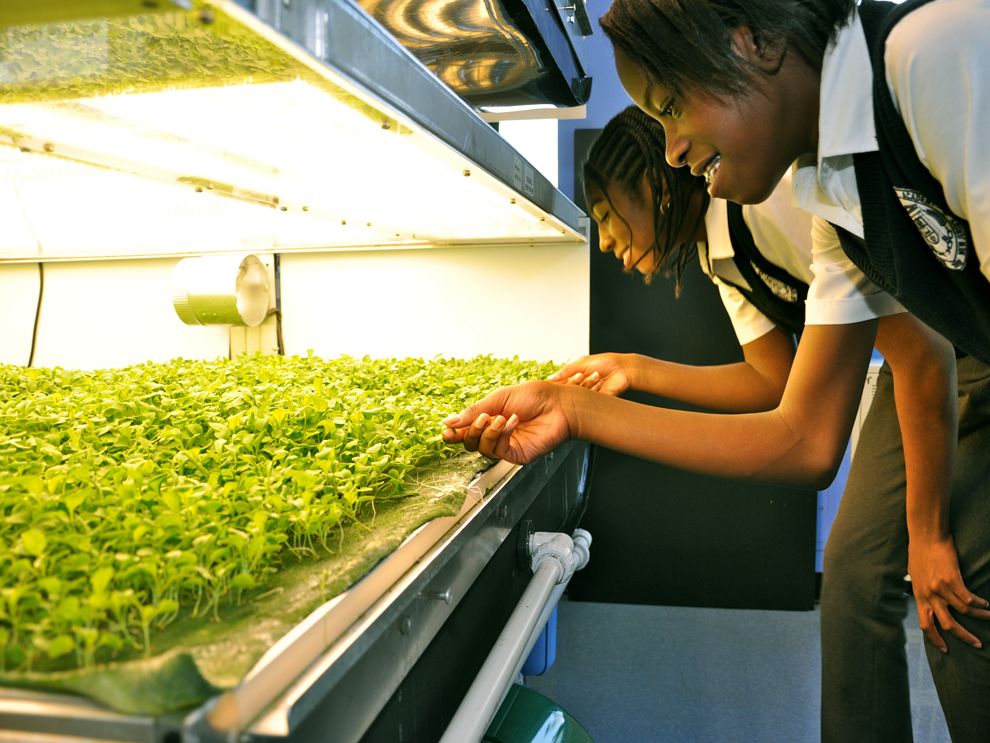
GREEN SCHOOLS: The Earth Day Network sponsors the National GREEN Schools Campaign. The GREEN Schools Campaign includes a focus on healthy school lunches, environmental classroom activities, outreach to local and national leaders, and an emphasis on sustainable building techniques.
RECYCLING & WASTE REDUCTION: Supporters work to reduce the amount of waste that people produce, and increase the amount that we recycle and reuse. The Beach Bunch group of Brunei, for example, organizes beach-cleaning campaigns.

SUSTAINABLE DEVELOPMENT: Supporters promote environmental practices that respect biodiversity and the natural world. Costa Rica, for instance, has implemented the Viaje Limpio program, in which individuals and companies pay a fee for the greenhouse gases they produce through travel. This money goes to protect the rain forest, water resources, and biodiversity of Costa Rica. Viaje Limpio helps the Costa Rican economy, because biodiversity and the rain forest are important natural assets that bring thousands of tourists to the country every year.
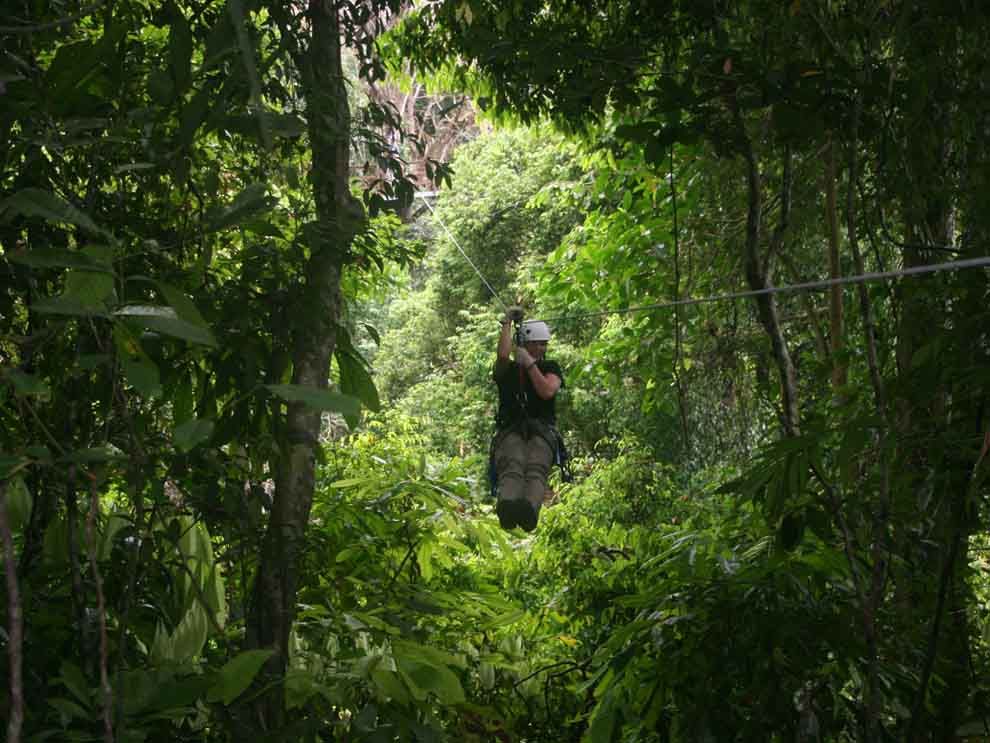
In only 40 years, Earth Day has evolved from a single day celebrating the environmental movement in the United States to a global network that empowers more than a billion people to better understand, protect, and improve the environment.
This feature originally appeared in National Geographic.














